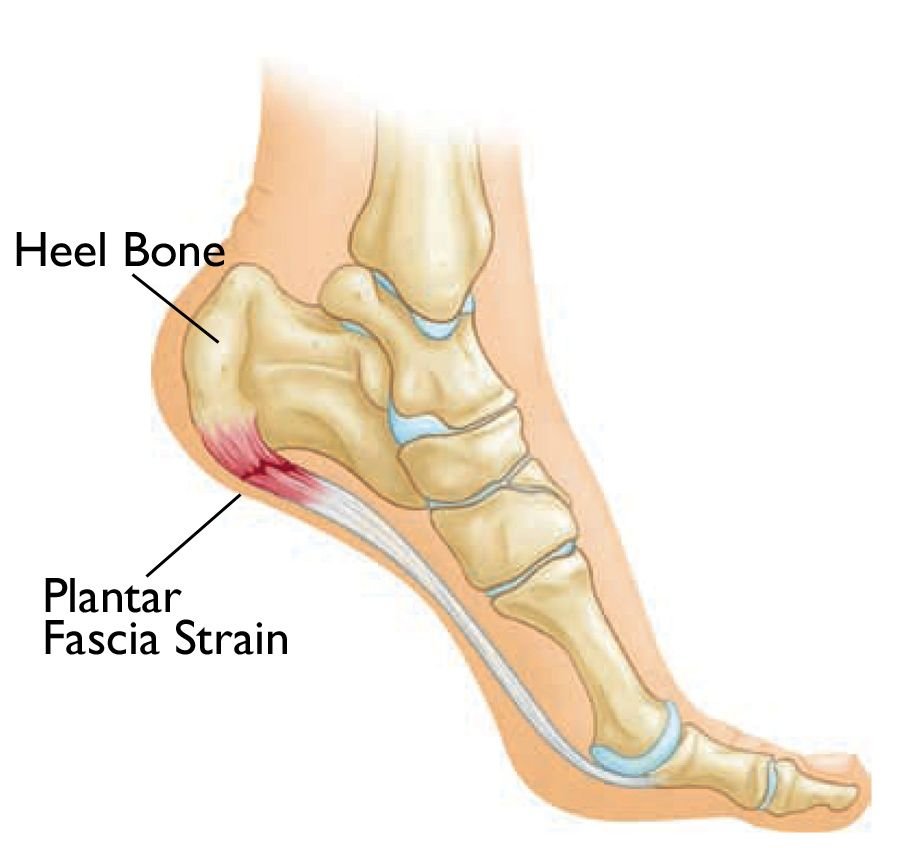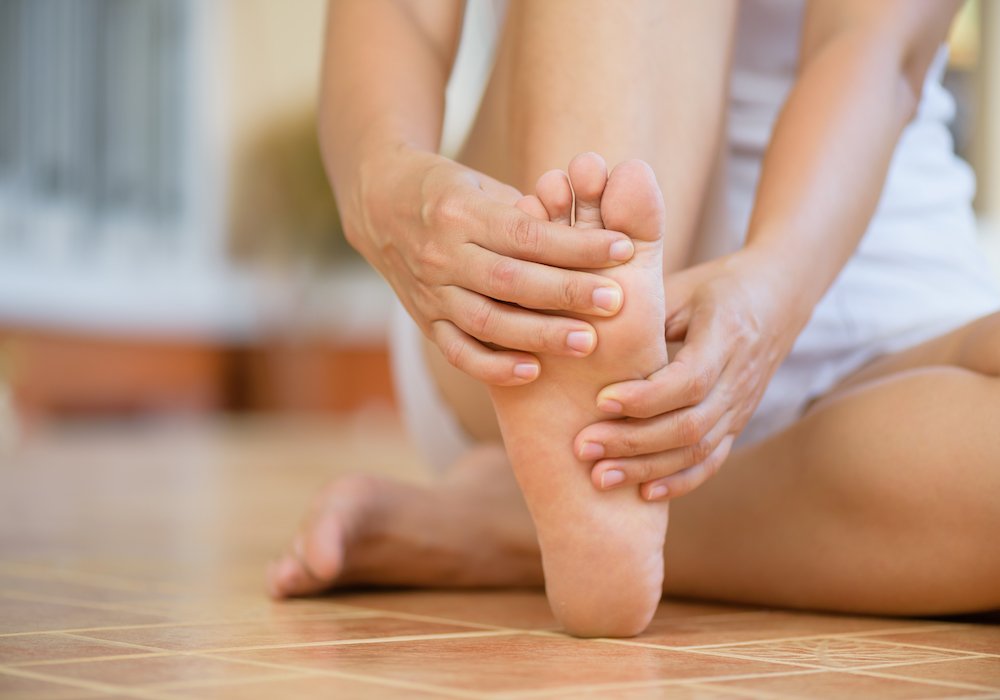3 ways to manage plantar fasciitis
By: Ariel Hovland, PT, DPT, CSCS
What is plantar fasciitis?
The plantar fascia is a supportive structure for the foot, helping to maintain the arch and absorb shock during activities such as standing and walking. Due to repetitive strain, the plantar fascia can develop small tears or become irritated, leading to inflammation and pain known as plantar fasciitis.
Plantar fasciitis is a frustrating diagnosis that affects an estimated 2 million people in the United States. Plantar fasciitis can be caused by a number of different factors, including overuse, poor foot mechanics, improper footwear, obesity, and activities that put excessive strain on the foot, such as running or prolonged standing. And although it seems counter intuitive, plantar fasciitis can affect those with either flat feet, or high arches!
How do you know if you have plantar fasciitis?
It is important to get evaluated by a healthcare professional - an orthopedic doctor, a podiatrist, or a physical therapist to get evaluated and rule out other diagnoses. The most common symptoms of plantar fasciitis are heel pain (especially first thing in the morning!) pain with activity such as walking or running, and tenderness/swelling in the heel. Plantar fasciitis symptoms usually occur gradually over time.
How do I manage my plantar fasciitis?
Here are our top three favorite ways to manage your plantar fasciitis symptoms:
Modify Daily Activities: During the initial healing phase, we need to rest the inflamed tissues. This may include temporarily modifying the length of time that you are standing throughout the day, and reducing high impact activities such as running or jumping. Don’t worry, as soon as the inflammation calms down, these activities can be added back in gradually! In the meantime, cycling and swimming are great alternatives to high impact activities.
Find supportive footwear: Unsupportive footwear such as high heels, flip flops, and slippers can be extra irritating to the plantar fascia during the healing process. We recommend finding a comfortable sneaker that you can wear for as often as possible during the day. While orthotics may be helpful for certain foot types, for the general population we recommend a softer insert that provides cushion inside of your sneaker. If you can’t wear supportive footwear all day, small changes add up! Even a few hours at a time can make a big impact.
Physical therapy and regular bodywork services: Physical therapy can help you manage your plantar fasciitis symptoms by getting to the root cause. A physical therapist can help you identify tight or weak muscles that are impacting your plantar fascia.
Some of our favorite physical therapy tools to address plantar fasciitis symptoms are:
Dry needling: This can be performed to your calf, as well as directly into the plantar fascia to promote blood flow and stimulate healing.
Graston: This can help reduce inflammation in the surrounding structures and promote better foot mechanics.
Cupping: This technique can reduce the strain on your calf, which can pull on the plantar fascia and create more pain and tension.
If you are dealing with plantar fasciitis, you’re not alone! Early treatment can help you reduce your symptoms, improve tissue healing, and get you back to the things you love to do.
Fixxed is a first of its kind recovery studio offering bodywork techniques to help you move and feel your best. We offer quick and effective hands-on services in a one on one setting performed by a licensed physical therapist or athletic trainer. Click HERE to book a free consultation with FIXXED!


